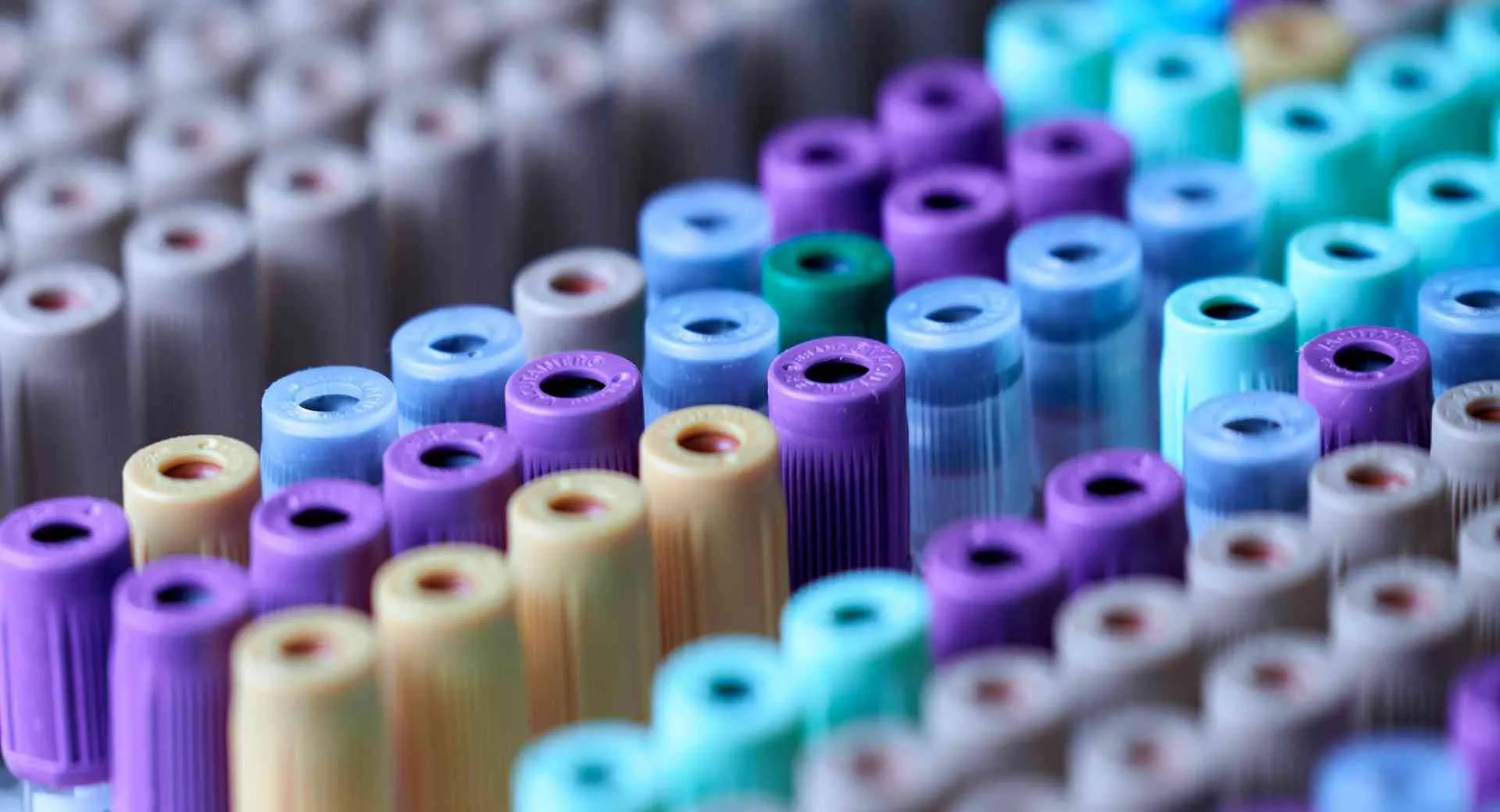Description
GA-PEG-GA is one type of linear bifunctional PEG carboxylic acid reagents. There is a C4 ester linkage between PEG and the carboxy COOH group. More details can be found at the FAQ webpage. PEG carboxyl acid can be used to react with amine groups with peptide coupling reagents.
Properties
Molecular weight: MW of PEG was measured by MALDI-MS or GPC. PDI (polydispersity index) of our linear PEG is 1.02-1.05 with very narrow MW distribution. The number of repeating ethylene oxide units (CH2CH2O) or the degree of polymerization is calculated dividing the PEG MW by 44 (44 is the molecular mass of one repeating unit).
Solubility: Soluble in water and aqueous buffer, chloroform, methylene chloride, DMF, DMSO, and less soluble in alcohol, toluene. Not soluble in ether.
Density: PEG density is approximately 1.125 g/mL
Physical form: PEG products generally appear as white or off-white powder, and for very low MW linear PEG such as MW 1k or less, it may appear as wax-like, semi-solid material due to the low MW and the type of functional groups.
Storage condition: PEG product shall be stored in the original form as received in a freezer at -20C or lower for long term storage. Stock solution of PEG reagents that do not contain oxygen or moisture sensitive functional groups may be temporarily stored in a refrigerator or ambient temperature for multiple days. Stock solution should avoid repeated freeze-and-thaw cycles. See Documents section for detailed storage and handling conditions.
References
1. Effects on peptide binding affinity for TNF by PEGylation and conjugation to hyaluronic acid. European Polymer Journal 49.10 (2013): 2968-2975. Text.
2. Nanoparticle-induced neutrophil apoptosis increases survival in sepsis and alleviates neurological damage in stroke, Science Advances, 2019: Vol. 5, no. 11, eaax7964, DOI: 10.1126/sciadv.aax7964
Click here to view an expanded list of hundreds of publications citing Creative PEGWorks products.


